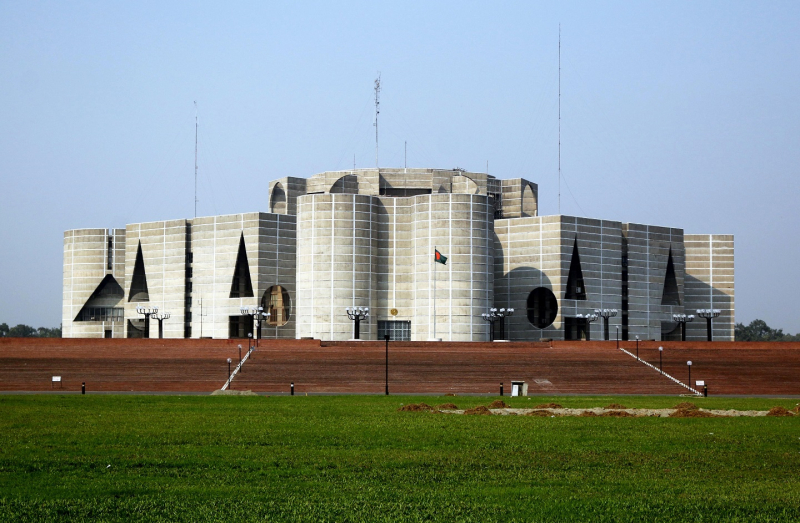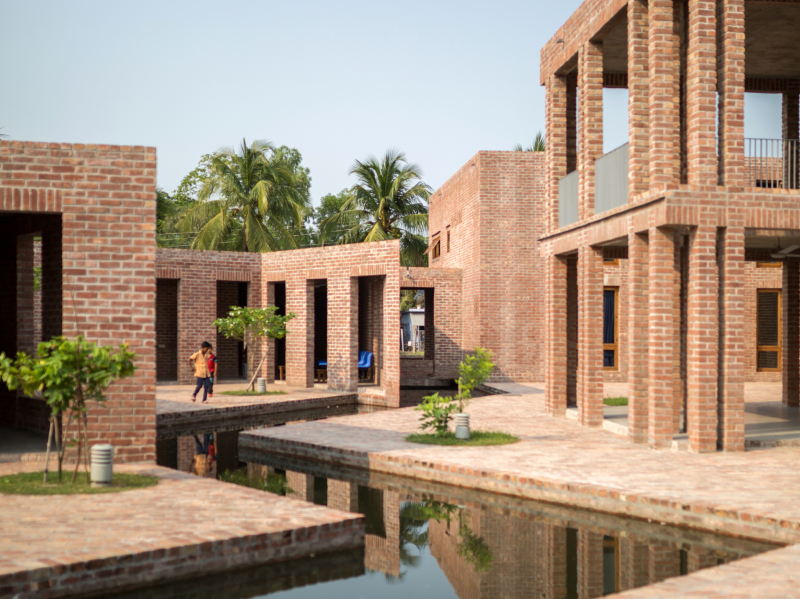Architecture
Bangladesh's architectural traditions have a 2,500-year history. Bengal is known for its distinctive terracotta architecture. The Pala Empire saw the height of pre-Islamic Bengali architecture as the Pala School of Sculptural Art built impressive buildings like the Somapura Mahavihara. Islamic architecture first emerged under the Bengal Sultanate, when the construction of medieval mosques was influenced by regional terracotta designs. It is one of the most unique cultures, customs, and traditions in Bangladesh.
The Sixty Dome Mosque is a superb example of Turkic-Bengali architecture and was the largest medieval mosque ever constructed in Bangladesh. When Bengal was made a province of the Mughal Empire, the local architecture was superseded by the Mughal style, which also had an impact on the construction of urban housing. Excellent examples of late-medieval Hindu temple building include the Kantajew Temple and the Dhakeshwari Temple. During the British era, Indo-Saracenic Revival architecture, based on Indo-Islamic designs, flourished. Many Indo-Saracenic palaces and country homes, including the Ahsan Manzil, Tajhat Palace, Dighapatia Palace, Puthia Rajbari, and Natore Rajbari, were constructed in Bangladesh by the zamindar nobility. The bungalow was invented by Bengali vernacular architecture. Bangladeshi villages are made out of mud, straw, wood, and bamboo buildings with thatched roofs. Village homes are increasingly fashioned of tin in recent times.
The first modern architect in Bangladesh was Muzharul Islam. His numerous creations shaped the nation's modern architectural practice. Islam encouraged eminent international architects to work in what was now East Pakistan, including Louis Kahn, Richard Neutra, Stanley Tigerman, Paul Rudolph, Robert Boughey, and Konstantinos Doxiadis. The National Parliament Complex in Sher-e-Bangla Nagar was designed by Louis Kahn. One of the great works of the 20th century is considered to be Kahn's massive designs, which combine the aesthetics of local red brick with his own concrete and marble brutalism and the use of lakes to symbolize Bengali geography. Award-winning architects like Rafiq Azam have changed the direction of modern architecture in more recent years by incorporating elements from Ibn Kahn and Islam's works.












